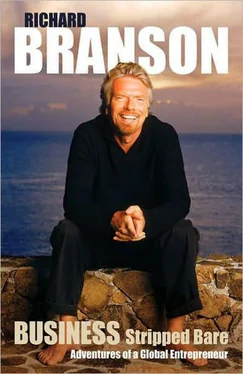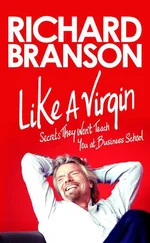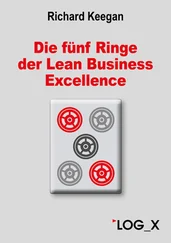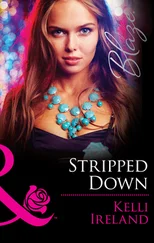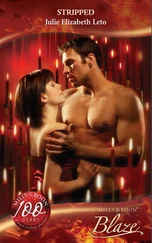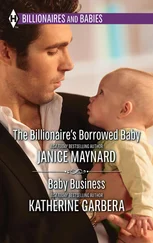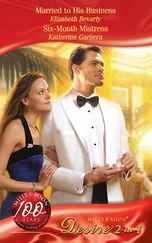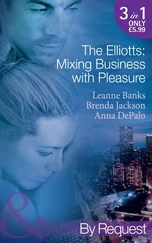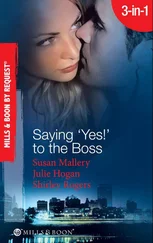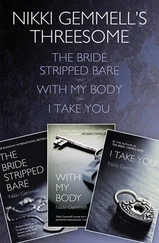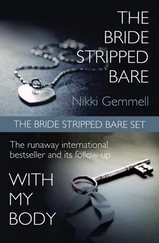Back in March 2000, Brett was still talking about starting slowly, with only a dozen people, including director of communications and third founder, David Huttner. But the momentum took hold. By August we had 350 staff and we were ready to take to the skies. We wanted to be ready in time for the Sydney Olympics, due to start on 15 September, but we were burning through our cash. Manny Gill, the finance director, went to see Brett to tell him there was nothing left in the coffers and they couldn’t afford to pay the wages. Brett was shrewd: he had set up a separate account and tucked away a spare million for exactly this eventuality, and Manny was able to run the payroll.
We needed new planes and Brett had to deal with this too. Our first planes were leased but later we also decided to buy ten New Generation Boeing 737s, delivered brand spanking new from Seattle. A few days later I received my daily phone call from Brett. The cheeriness was gone from his voice, and I sensed his nervousness.
‘Richard, I’ve a cheque in front of me for $A600 million. Are you sure you want me to sign it? The biggest cheque I’ve signed before was for my mortgage.’
‘Brett?’
‘Yes, Richard?’
‘Just sign the bloody cheque.’
Our initial sales projection had us reaching profit within three years, but we overtook those goals sooner than we expected. Brett wanted to enter the New Zealand market after Air New Zealand’s subsidiary, Freedom Air, began a service from Tasmania to Brisbane. This allowed us to launch Pacific Blue, operating out of New Zealand and flying from Christchurch to Brisbane.
The idea was simple: to fly directly, point to point, rather than herd passengers unnecessarily through a larger hub airport. This ‘hub-busting’ approach made life far easier for the customer, and since our new planes were extremely reliable, there were huge efficiency gains. Within four years, Virgin Blue was flying forty-one Boeing 737s, the packhorses of the worldwide expansion of budget flying, and we had 3,000 people on our payroll and more than 30 per cent of the market. It was a considerable achievement.
The day of the launch was 31 August 2000 at 10 a.m. The flight was packed and Brett, Rob and the team took a leaf out of my book and began a tradition of dressing up. They arrived as the Blues Brothers. I wish I could have seen the expression on the face of Geoff Dixon, Qantas’s CEO, when he heard that. Here were his only serious rivals, taking the piss out of themselves, and everybody — crew, press and passengers — was loving them for it.
A year in, and we were going head-to-head with Qantas and Ansett. We knew we were hurting them. They were running into a lot of difficulties. Virgin Blue, the new kid on the block, was roughing up the market.
From the start, Virgin Blue was the airline of the Internet. If you wanted to fly, the cheapest way was booking over the Net. Qantas and Ansett, with their legacy systems and relationship with travel agents, took around 2–3 per cent of their bookings on the Net. Virgin Blue’s Internet bookings were 60 per cent of the total at the launch, and 92 per cent within six months. The Net was easier to use, and because the transaction fees were minimal for us, this gave us an edge on costs.
Then, in June 2001, we received an unsolicited offer for Virgin Blue. Brett was approached by Gary Toomey, Air New Zealand’s CEO, and they had dinner at the Chairman’s Club Lounge in Melbourne — an opulent place with its gold-plated toilet seats. They chatted away and Brett said that he would definitely listen to any offer, and wanted to keep the channels open if there was any way they might work together. A few weeks later, Brett was invited to catch up with Gary again at the Crown Casino in Melbourne, a popular haunt for big dealmakers. Before their hors d’oeuvres were ordered, Gary offered him $70 million for the airline. Brett, as quick as a flash, asked if this was US dollars. ‘Of course,’ replied Gary.
That was A$120 million.
When Brett finished supper he phoned me with this info. It meant that at least we had a valuation for the business on the table. As far as the wider Virgin Group’s position was concerned, it would have been a good time to realise some of the investment but, in truth, it was far too early to contemplate.
We turned down the offer but it wasn’t long before we had another, more significant approach. The chief executive of Singapore Airlines, Dr C K Cheong, called me up. I knew him well. In December 1999, we sold a 49 per cent stake of Virgin Atlantic to Singapore Airlines for £600 million, using the proceeds to invest elsewhere within the Virgin Group.
Singapore Airlines had a 20 per cent stake in Air New Zealand — and Air New Zealand owned Ansett. We knew that Ansett was in deep trouble. Air New Zealand had bought it for too much money, only to discover it couldn’t afford the number of planes necessary to replace Ansett’s ageing fleet. Given Ansett’s troubles, it didn’t surprise us that Cheong wanted Virgin Blue out of the way.
What startled us was his offer. ‘Look,’ he said to me, ‘it only cost you A$10 million to launch Virgin Blue last year. Now I’ll give you A$250 million for the company. But you have to give me a decision by tomorrow morning. If you don’t say yes, we’ll put massive investment into Ansett, and put Virgin Blue out of business within six months.’
Cheong was our new partner. And this was a friendly conversation! But Virgin Blue was a fantastic airline. It was really making a difference in Australia. It was a fun airline to have a stake in. It had the best cabin crew, wonderful new planes and everyone thought the world of it. So we had a dilemma. On the one hand we had this amazing offer — it really was a fantastic return on the money we had invested. On the other hand the business had massive potential and the public and the staff relied on us.
Brett understood the position. He knew that I might sell at this stage. We met up in Brisbane and had a long chat. We walked around the hotel room all evening, discussing the different options. There was something fishy in all this. Why were Singapore so desperate to get rid of us? Why were they willing to hurl their money down the bottomless pit that was Ansett, just in order to destroy Virgin Blue? They were our partners. They had taken a stake in Virgin Atlantic. I couldn’t figure out their intentions.
My executive team was keen that I sell up and take the money, but my instinct was to run the other way. As I’ve explained, for a good slice of the upside, I’ll generally accept the greater risk. Then Brett called up his supporters and they came round to see me to try to persuade me to hold on and build the company. On the way back to the hotel lift I took Brett aside and said, ‘You know, you didn’t need the posse: I’m not going to sell.’
Then the fax arrived. And we were back to square one.
Quarter of a billion Australian dollars. There it was, Cheong’s offer, in black and white. Brett and I sat there staring at it. This was twenty-five times the amount it had cost us to create, less than a year ago. Were we going mad?
I rang up Andy Cumming, our corporate director at Lloyds TSB in London. I told him we had an offer of A$250 million on the table and that we could sell tomorrow, but we wanted to keep hold of the airline. If we turned this lucrative deal down, would the bank still support us?
Andy and many of his bank colleagues have been very helpful allowing us to grow and prosper. They knew the score. Andy said our other projects were safe — we still had their backing.
Then we went back to the sofa and stared some more at the fax.
The next morning we made our decision. We called a major press conference, with dozens of TV cameras and most of the Australian press, at the terminal in Brisbane. There was hush when I stood up.
Читать дальше
